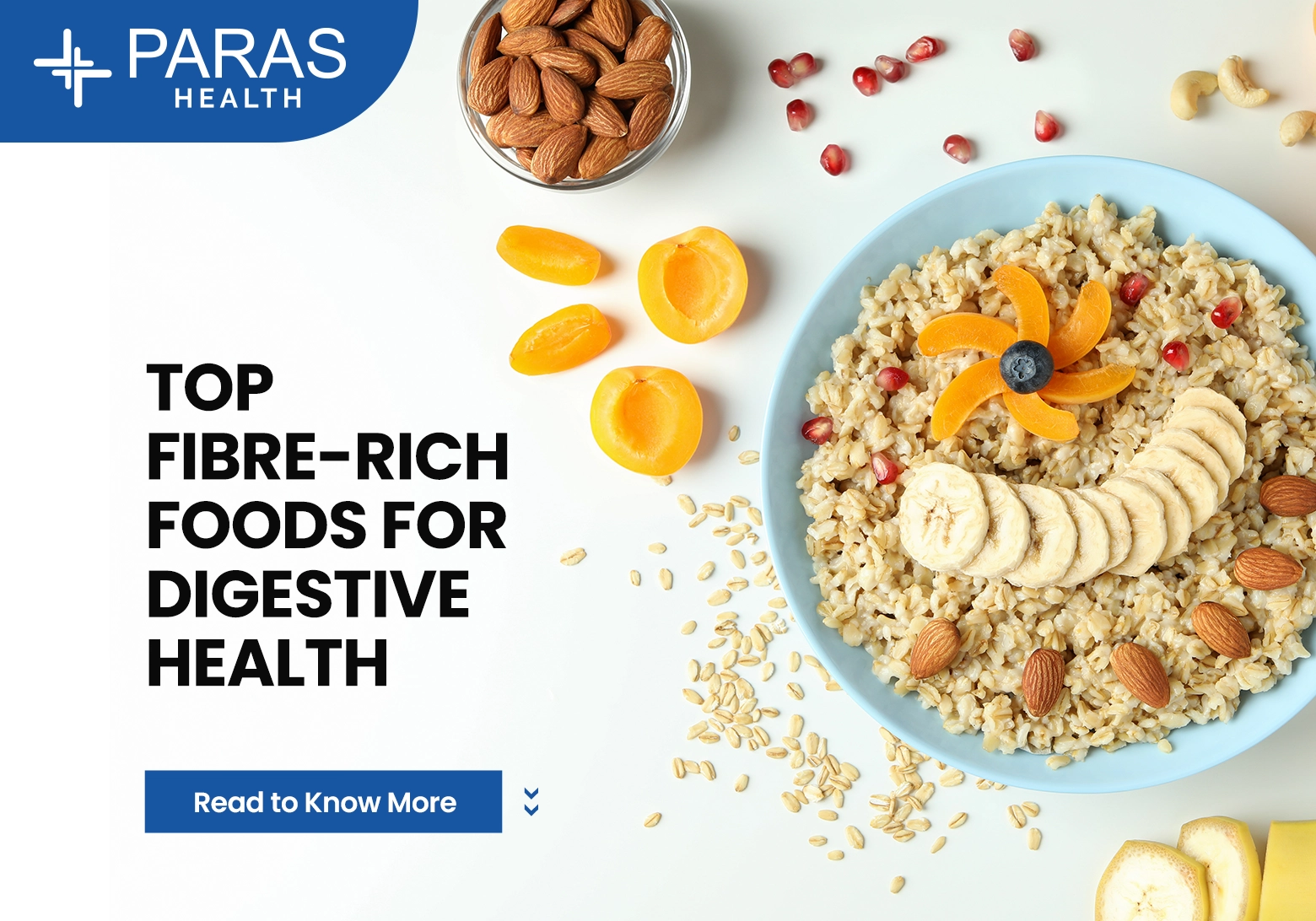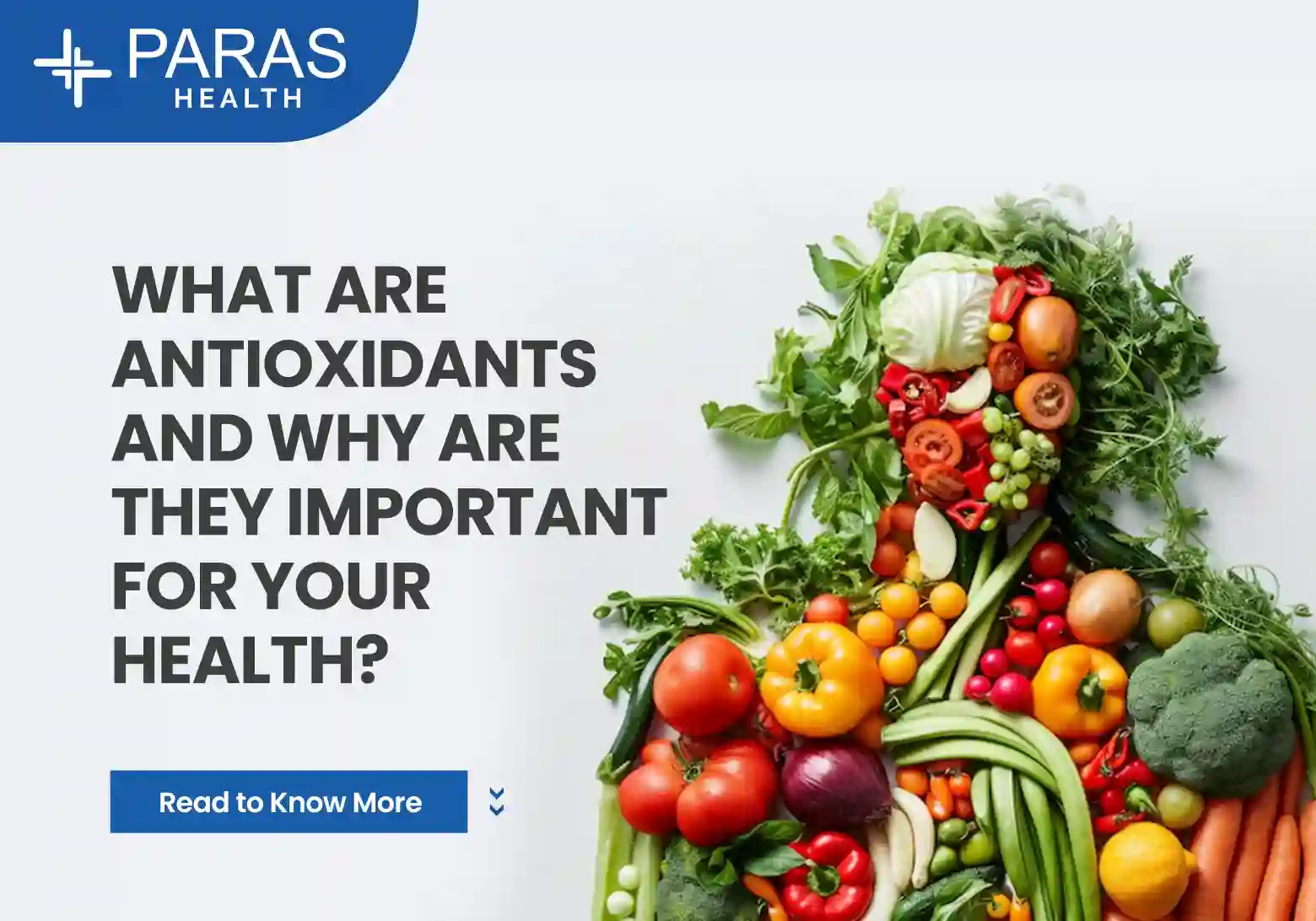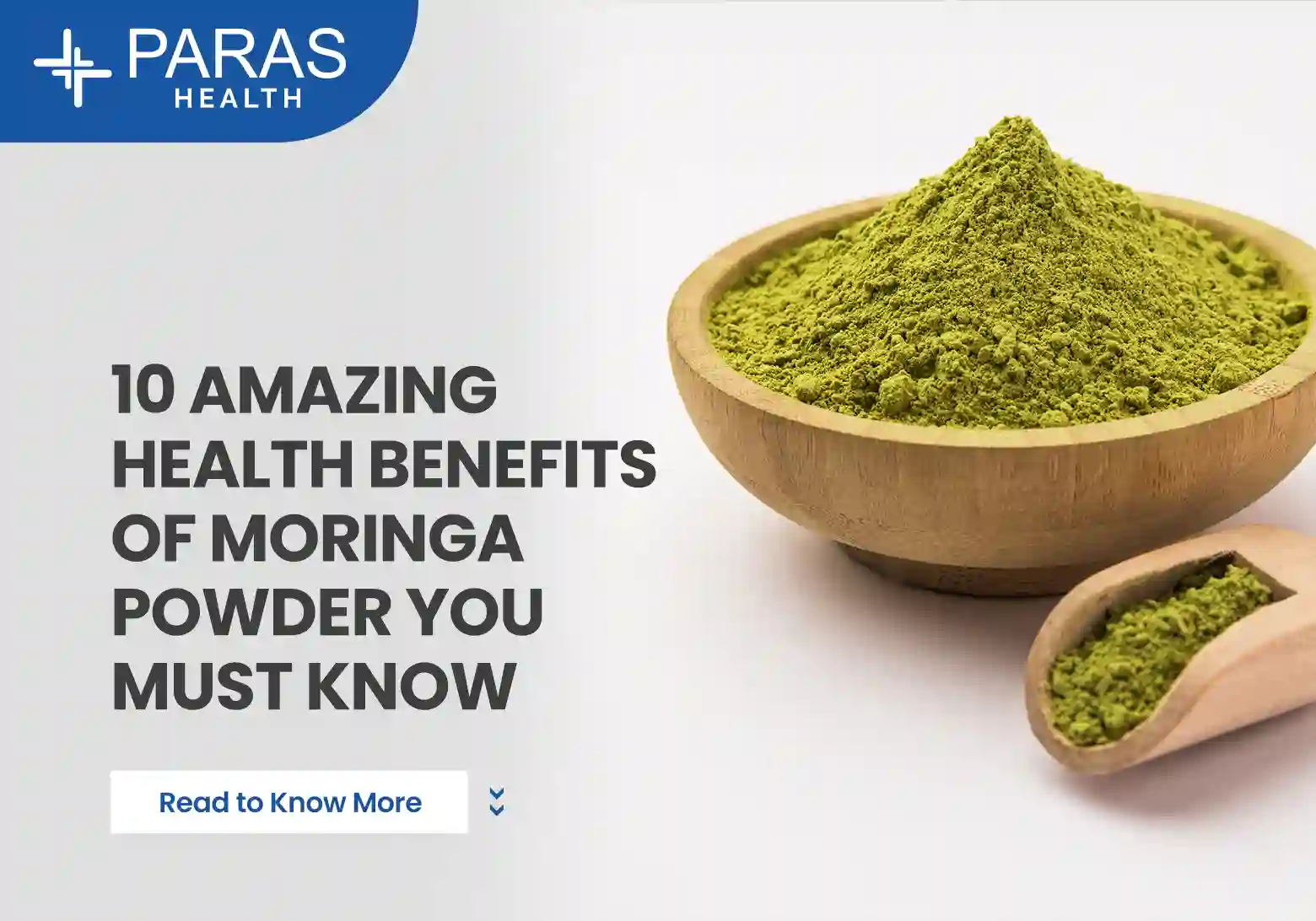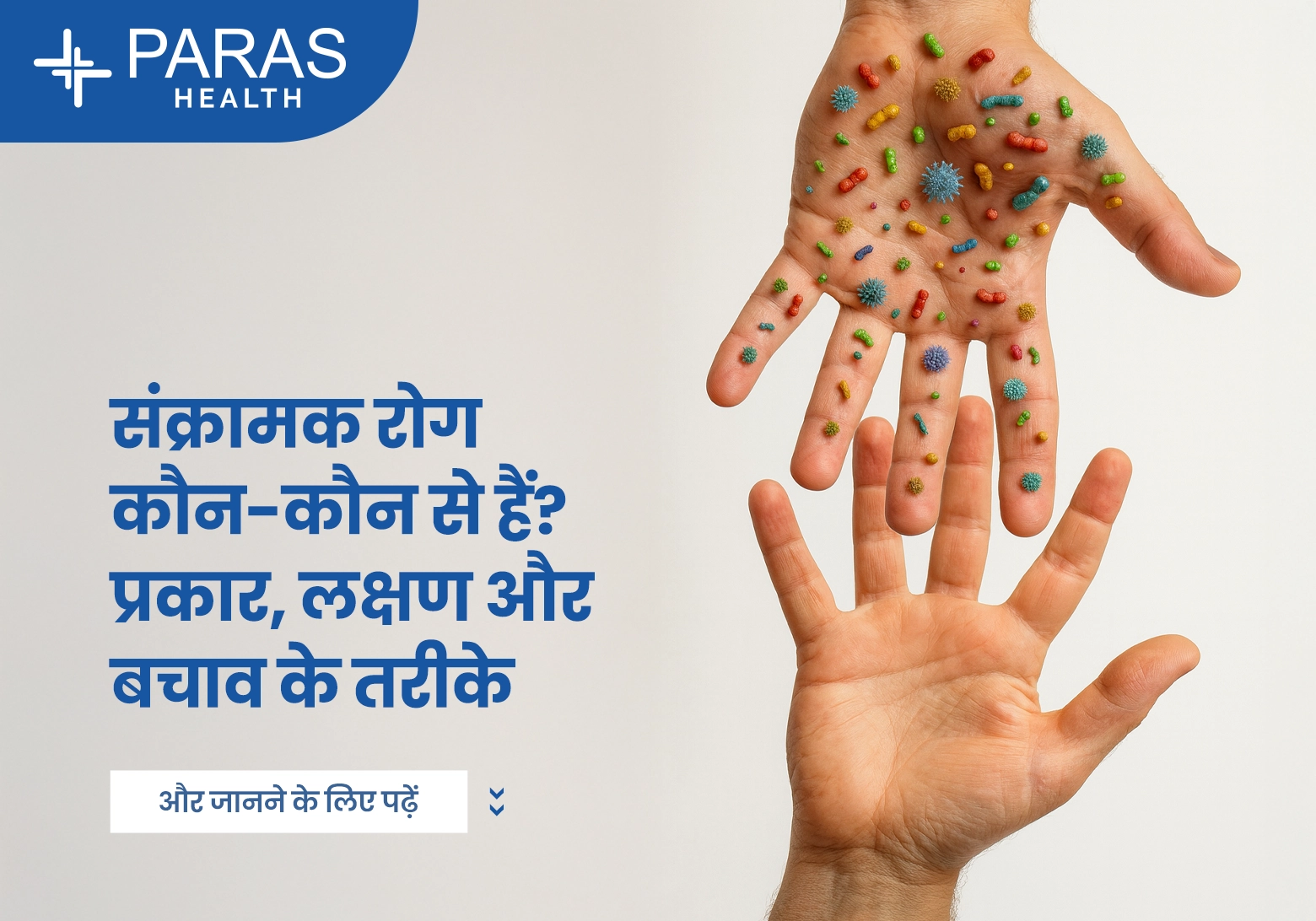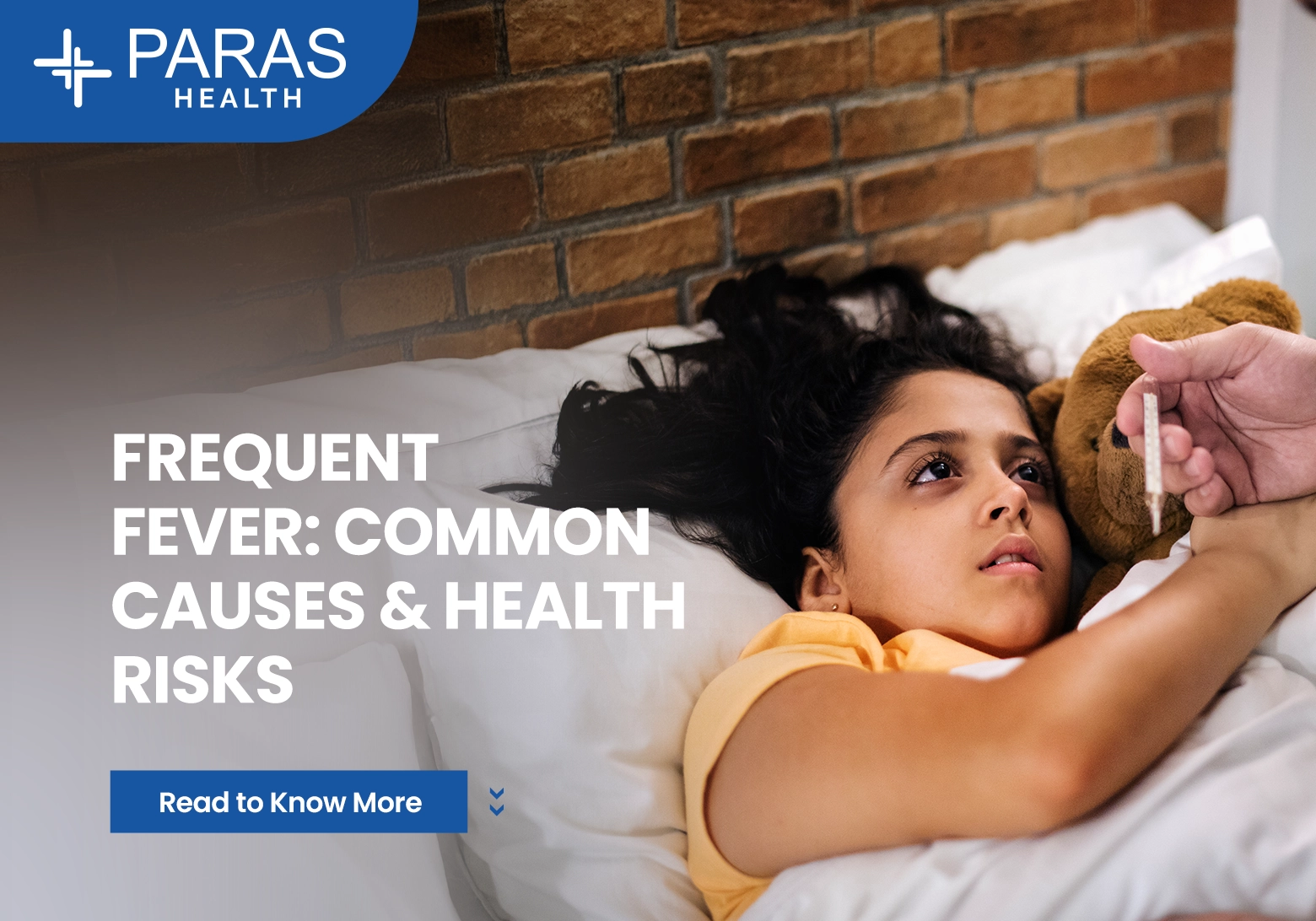Symptoms of Chickenpox: Early Signs, Stages, and What to Expect
May 24, 2025
Chickenpox, also known as varicella, is a highly contagious viral infection that’s most common in children—but it can affect people of all ages. One of the first questions people ask when they or a loved one feel unwell is: “Could this be chickenpox?”
Let’s break down the symptoms of chickenpox, how to spot them in time, and what to expect throughout the stages of this common viral illness.
What Causes Chickenpox?
Chickenpox is caused by the varicella-zoster virus (VZV). It spreads through direct contact with the fluid from chickenpox blisters or through the air via coughing or sneezing.
Once infected, the virus goes through an incubation period of 10–21 days, during which symptoms slowly start to appear.
Who Gets Chickenpox?
- Children between ages 1–10 are most commonly affected
- Adults, especially if unvaccinated, may experience more severe symptoms
- Babies and infants are vulnerable, especially if the mother hasn't had chickenpox or the vaccine
- Teenagers and elderly adults can also get chickenpox, sometimes with added complications
Early Symptoms of Chickenpox
The first signs of chickenpox may be mild and easy to miss. Here's what to watch for:
- Fever – usually low-grade at first
- Fatigue or weakness
- Loss of appetite
- Headache
- Irritability or fussiness (especially in toddlers)
These symptoms can mimic a cold or flu, which is why many people don’t suspect chickenpox until the rash appears.
Chickenpox Rash: The Tell-Tale Sign
The rash is the most recognizable symptom of chickenpox. It goes through three main stages:
Red Spots
Small, red, itchy spots begin to appear, often starting on the face, chest, or back.
Blisters
Within 1–2 days, these spots turn into fluid-filled blisters that resemble tiny water bubbles.
Scabbing
The blisters burst, leak fluid, then form scabs or crusts. These can be very itchy and may last for several days.
You may see all three types of rashes (spots, blisters, and scabs) on the body at the same time.
Chickenpox Symptoms Day-by-Day
- Day 1–2: Fever, fatigue, body aches, and possibly sore throat
- Day 3–5: Rash begins to appear, with new spots emerging for 3–5 days
- Day 5–10: Blisters dry up and scab over
- Day 10–14: Healing phase begins; risk of spreading reduces after scabs form
Chickenpox in Children, Adults & Babies: What’s Different?
Children
- Usually mild symptoms
- Itchy rash and slight fever
- Often recover in 7–10 days
Adults
- More intense symptoms
- Higher fever, more blisters
- Greater risk of complications like pneumonia
Babies & Infants
- May be at higher risk of dehydration and infection
- Need closer monitoring
Less Common But Serious Chickenpox Symptoms
While most cases are mild, watch for:
- High fever lasting more than 4 days
- Trouble breathing
- Severe rash spreading to eyes or genitals
- Drowsiness or confusion
- Signs of bacterial skin infection (red, swollen skin)
If you notice these, contact a doctor immediately.
When to See a Doctor for Chickenpox
Seek medical help if:
- Your child is under 1 year old and shows symptoms
- You are pregnant and suspect exposure to chickenpox
- You have a weakened immune system
- You’re unsure if it’s chickenpox or another rash (like measles or hand-foot-mouth disease)
Managing Symptoms at Home
Chickenpox is usually treated at home with:
- Rest and hydration
- Paracetamol for fever (avoid ibuprofen unless advised by a doctor)
- Calamine lotion or oatmeal baths to soothe itching
- Loose clothing to avoid skin irritation
- Short fingernails to prevent scratching and scarring
Final Thoughts: Know the Symptoms, Act Early
Recognizing the symptoms of chickenpox early—especially the combination of fever, fatigue, and rash—can help you take action quickly and prevent spreading the virus to others.
If you're ever unsure whether a rash is due to chickenpox, measles, or another viral infection, speak to a healthcare provider for a proper diagnosis.
Need Medical Advice for Chickenpox?
Don’t wait or guess. Visit Paras Health for expert guidance, quick diagnosis, and personalized care for chickenpox and other infectious diseases.
📞 Call us: 8080808069
🌐 Visit: www.parashealth.com
📍 Find your nearest Paras Hospital in Gurgaon, Panchkula, Patna, Ranchi, Udaipur, Srinagar, Kanpur, and Darbhanga
Frequently Asked Questions
Is chickenpox contagious before the rash appears?
Yes, chickenpox is contagious 1–2 days before the rash and until all the blisters have scabbed over.
Do all chickenpox cases cause fever?
Most do, but not always. Some people may only have a mild rash without other symptoms.
What are the symptoms of mild chickenpox?
Few red spots, little to no fever, and fast recovery—usually in vaccinated individuals.




